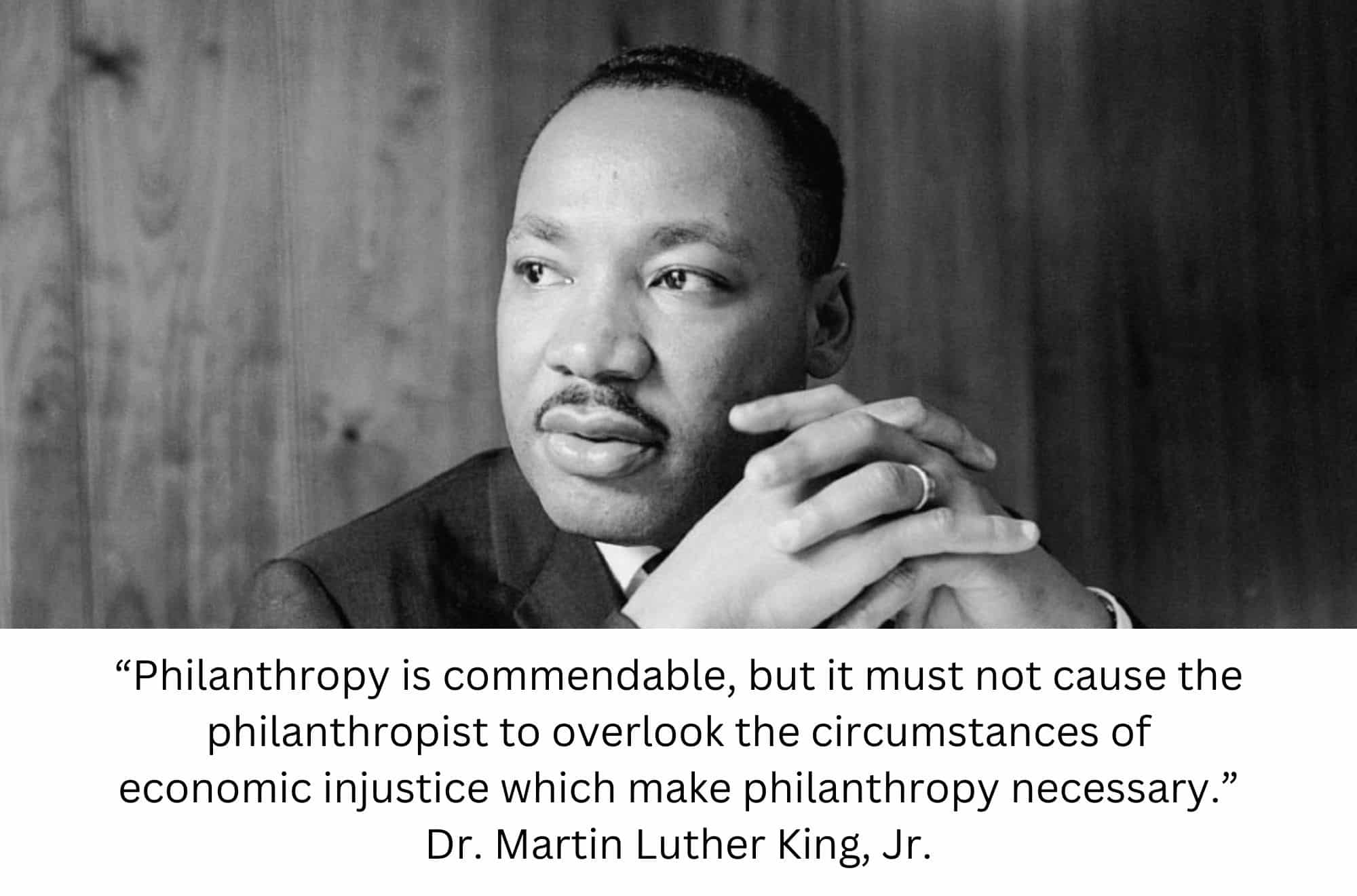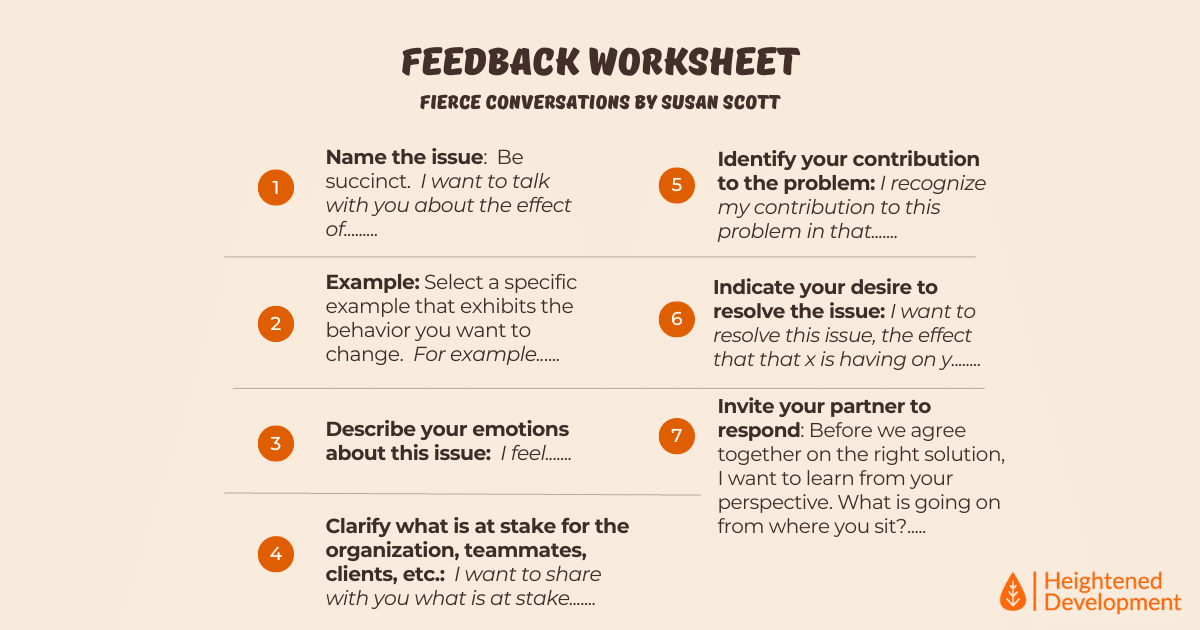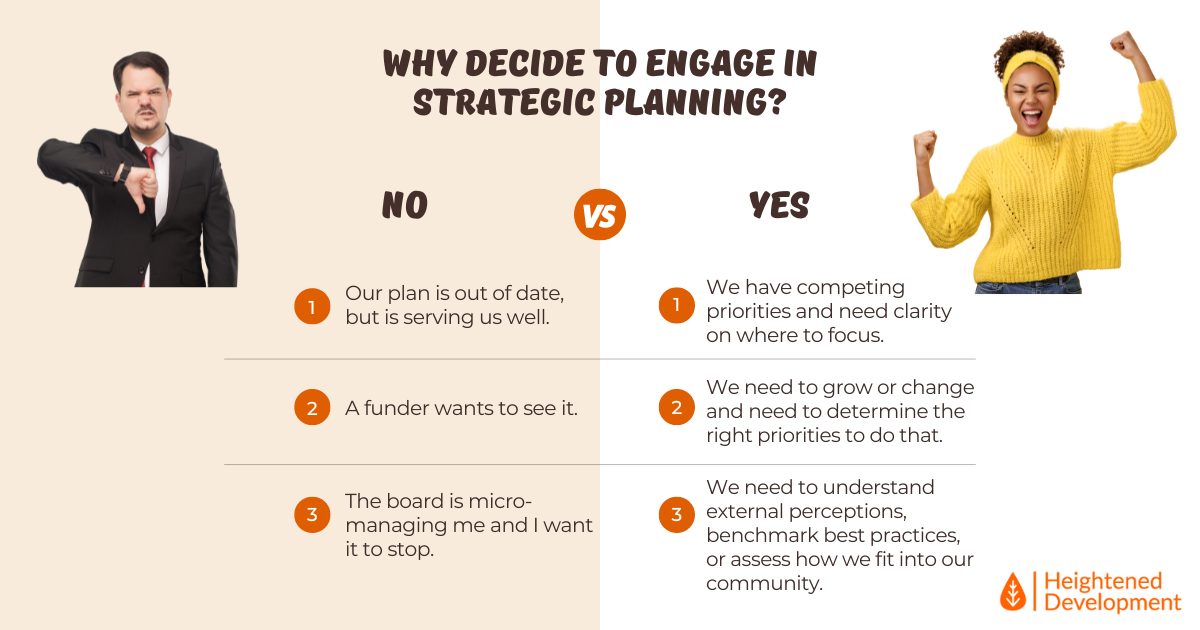
Nonprofit leaders, why are you calling in a decorator when you need an architect?
If you are trying to achieve greater impact or pivot your focus, your are in the midst of organization development. You need an architect! As

If you are trying to achieve greater impact or pivot your focus, your are in the midst of organization development. You need an architect! As

In this fast-paced and dynamic world, we are faced with decisions throughout the year that could change the scope of how we impact our mission.

Philanthropy is commendable, but it must not cause the philanthropist to overlook the circumstances of economic injustice which make philanthropy necesarry, Martin Luther King, Jr. Root Cause Analysis

Breathe out. We are getting close. We are only a week and a half from Thanksgiving. Then the crazy month of December begins but for

Nonprofit leaders are busy acting on what they believe to be the best investment of their time, and theory about stages of growth doesn’t always

Holding space is the practice of making space for somebody else’s experience and centering them. (Psychology Today) Holding someone accountable for their actions is important

Strategic planning will be a colossal waste of your time and money if you don’t know why you are doing it.

Collaborative Learning Why we invest in the development of high-impact change makers and the organizations they serve. WHY In 2019, just before the pandemic began,

5 lessons of growth and learning in the nonprofit sector

Making the organization assessment data work for your nonprofit’s strategic planning process and beyond. Nonprofits need assessment data for many reasons in an organization. For